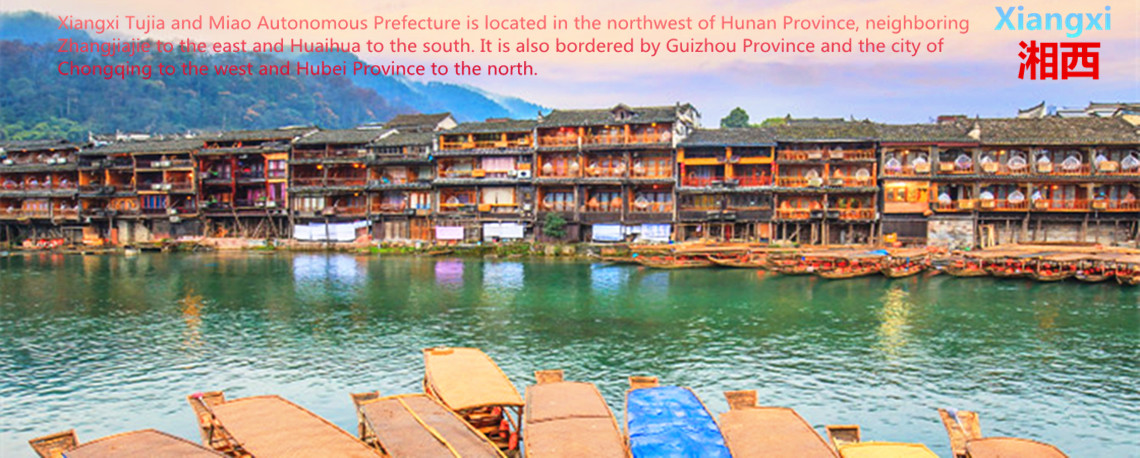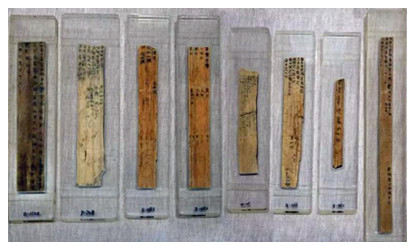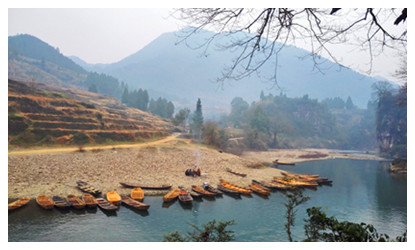
Xiangxi History
With a long history, human beings lived in Xiangxi area can be traced back to tens thousands of years ago. The ancient Miao people lived in the area after their ancestor Chi You led his people to fight failure with the Yanhuang tribe, and moved to live in today's Xiangxi area in west Hunan Province. Here we introduce Xiangxi History so that you know more about Xiangxi.
Xiangxi History in Ancient Times
 During the Warring States Period (476BC-221BC), the area of Xiangxi belonged to Chu State.
During the Warring States Period (476BC-221BC), the area of Xiangxi belonged to Chu State.
In the Qin Dynasty, Xiangxi belonged to Qianzhong Prefecture after the establishment of the Qin Dynasty in 221 BC.
In the Han Dynasty (208BC-220AD), Xiangxi belonged to Wuling Prefecture which was renamed after Qianzhong Prefecture.
During the Three Kingdoms Period, Xiangxi became under the control of the Shu Kingdom founded by Liu Bei after the collapse of the Han dynasty.
In the Jin Dynasty, Xiangxi area was called Wuling Prefecture.
In the Sui & Tang Dynasty, Xiangxi belonged to Qianzhong Road.
 In the Song Dynasty, Xiangxi area was divided into two parts belonged to Chenzhou Prefecture and Lizhou Prefecture under under the control of Jinghu North Road of the Song Dynasty central government.
In the Song Dynasty, Xiangxi area was divided into two parts belonged to Chenzhou Prefecture and Lizhou Prefecture under under the control of Jinghu North Road of the Song Dynasty central government.
In the Yuan Dynasty, Xiangxi area was divided into five parts, such as Enzhou Xuanwei Division,Lizhou Road and Chengzhou Road which belonged to Huguang Province, but Yongshun Xuanwei Division and Geman Xuanfu Division belonged to Sichuan Province.
In the Ming Dynasty(1358-1644), Xiangxi area belonged to Yongshun Xuanwei Division and Baojing Xuanwei Division, But the rest area of Xiangxi belonged to Yuezhou and Chengzhou Prefectures.
In the Qing Dynasty(1645-1911), Yongshun, Fenghuang,Qianzhou,Yongsui Mansions were set up in Xiangxia area, and the northeast part of Xiangxi belonged to Lizhou Prefecture.
In Republic of China (1912-1949), Xiangxi area was called Chengyuan Prefecture after 1914, and then it became the eighth and ninth administrative inspection area under Hunan Province in 1938.
 In 1949, after establishment of the people's Republic of China in 1949, Xiangxi area was called Yongshun Prefecture with jurisdiction over 6 counties including Yongshun, Longshan, Dayong, Baojing, Sangzhi, and Guzhang.
In 1949, after establishment of the people's Republic of China in 1949, Xiangxi area was called Yongshun Prefecture with jurisdiction over 6 counties including Yongshun, Longshan, Dayong, Baojing, Sangzhi, and Guzhang.In 1952, Yongshun Prefecture was cancelled, but Xiangxi Miao Autonomous Region was established, and the People's Government of the Autonomous Region was stationed in Qiancheng County( today's Jishou City). The prefecture contoled 10 counties such as Yongshun, Longshan, Dayong, Baojing, Sangzhi, Guzhang, ,Qiancheng, Yongsui (today's Huayuan County), Luxi and Fenghuang.
In 1953, Qiancheng County was renamed Jishou County; Yongsui County was renamed Huayuan County.
On September 20, 1957, the Xiangxi Tujia and Miao Autonomous Prefecture was established. Autonomous Prefecture People's Government was in Jishou County. The prefecture included 10 counties: Jishou, Luxi, Fenghuang, Huayuan, Baojing, Guzhang. Yongshun, Longshan, Sangzhi, Dayong.
On August 3, 1982, the State Council approved the cancellation of Jishou County and the establishment of a county-level Jishou city.
On May 24, 1985, the State Council approved the revocation of Dayong County and the establishment of a county-level Dayong City.
After 1949, the national government gave the region autonomous status and county level status. This meant that the control of the provincial government had less control over the region compared to other counties.
Ever since the reforms in 1980 s, the region has developed substantially. The introduction of a large number of advanced production equipment and various types of automated production factories accelerated the growth of industries.






 Ask Questions ?
Ask Questions ?